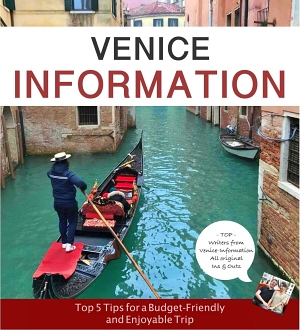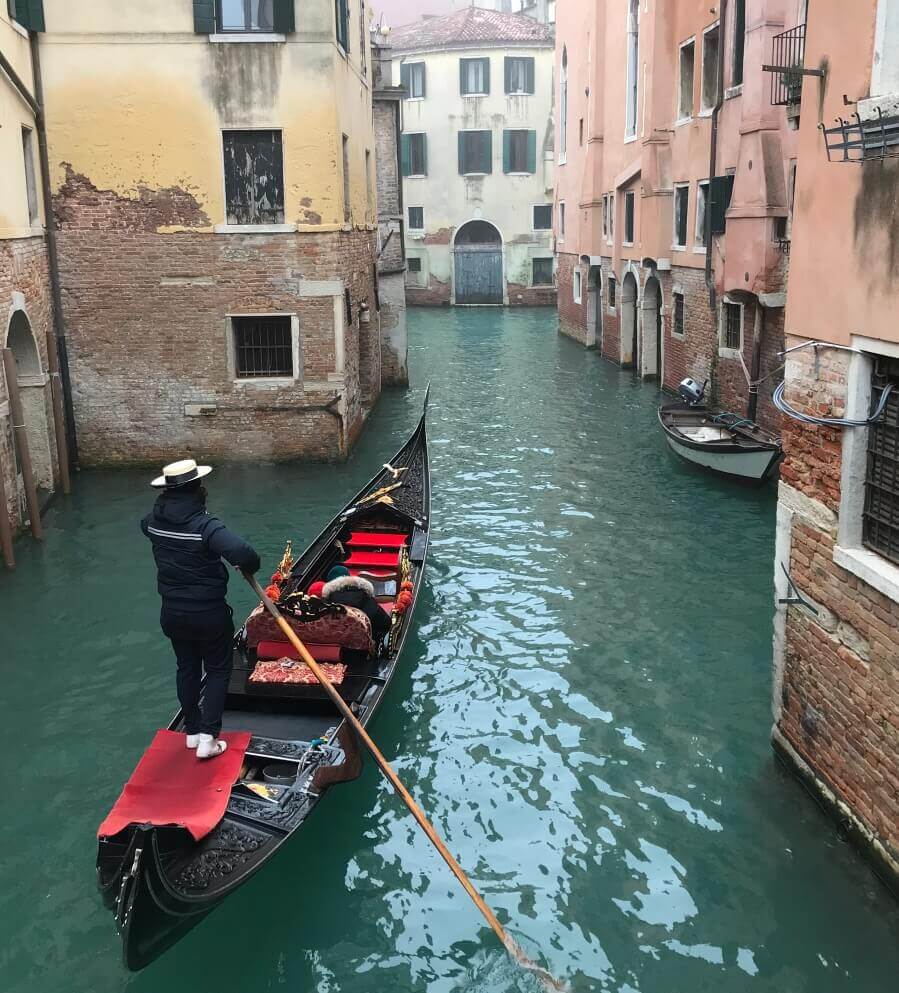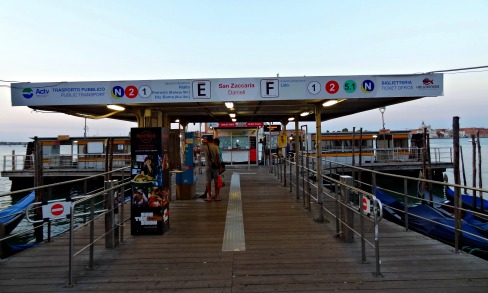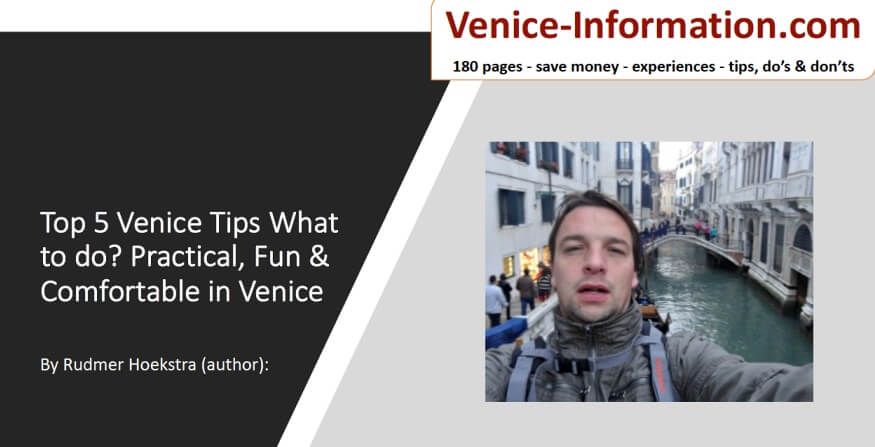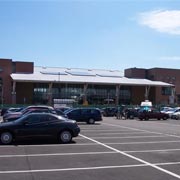- Home
- Venice Italy Weather
- Rain in Venice
⚚ Specially selected for you and popular in Venice
|
Vivaldi Concert: The Four Seasons |
| |
St. Mark’s Basilica: Skip-the-line ticket |
Rain in Venice. What should you do then?
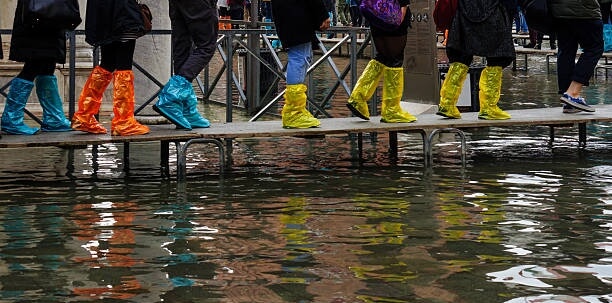
Rain in Venice can occur frequently, especially during certain months. The many times I was there, it rained only in December, January, and February—and also once in April, by the way.
Dark days in Venice. Often with drizzle and the mist that rises from the lagoon water and the canals. In this article, you can read about less pleasant weather in Venice.
The city has a unique location in the lagoon on the Adriatic Sea. Venice's climate is influenced by its proximity to water, giving Venice its climate.
What happens when the rain in Venice is pouring?
VENICE WALKING GUIDE PDF - Download A route straight through Venice. Check my shop on Etsy.
Some situations that can happen when it rains in Venice:
Continued rainfall may raise water levels in Venice's canals and lagoon, leading to high tides (acqua alta). Some parts of the city may be flooded, including the famous St. Mark's Square. Acqua alta often occurs in autumn and winter, usually in combination with stormy weather and strong winds.
Wooden walkways, known as "passerelle," are being set up to help people move through the flooded areas. However, it will be more difficult for a Venetian and a tourist to get from A to B.
It is important to note that in recent years, Venice has taken several measures to reduce the effects of high water use, including the MOSE project (Modulo Sperimentale Elettromeccanico). This project aims to protect the city from high tides through barriers in the lagoon that can be set up to prevent seawater ingress.
The rainy season in Venice generally runs from autumn to spring, with the most rainfall between October and January. During this period, frequent rain showers are not unusual. The weather can be changeable, ranging from light rain to intense downpours.
If you want to visit Venice and avoid rain, summer is generally the driest period. June, July, and August typically have less rainfall, although showers are still possible.
Is it foggy when it rains in Venice?
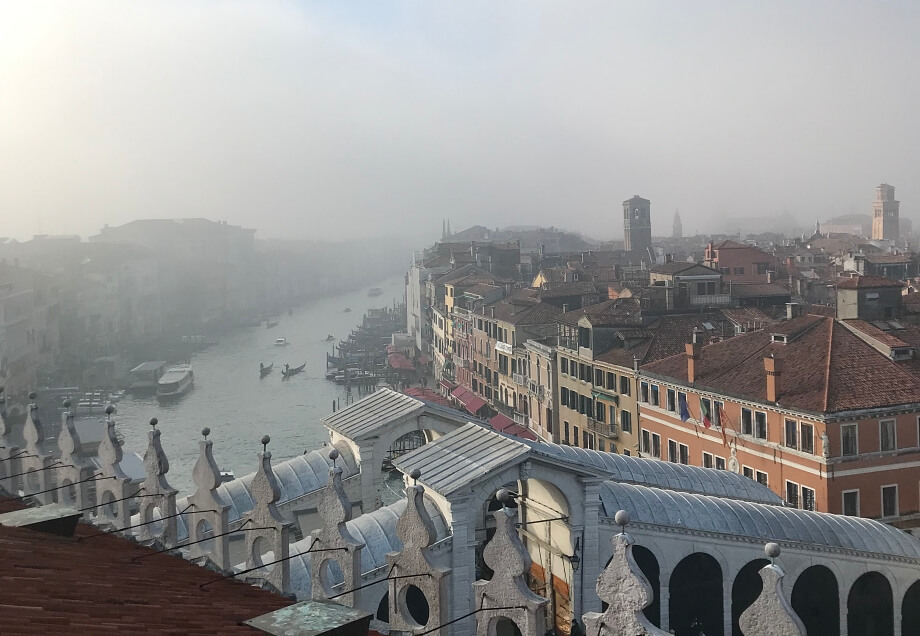 The fog and rain in Venice lift from the water.
The fog and rain in Venice lift from the water.It is possible for Venice to be foggy when it rains, especially if there is a combination of rain and no wind. Fog forms when moist air cools and condenses, resulting in tiny water droplets floating in the air and reducing visibility.
With its location in the lagoon and the presence of water channels, Venice already has higher humidity. When it rains, the addition of precipitation can further affect conditions and increase the chance of fog. These fogs can be especially true during the fall and winter months when it is colder, and there is a greater chance of rain and humidity.
However, it is essential to note that Venice can sometimes be foggy when it rains. It depends on several factors, such as the intensity of the rain, the temperature, and the wind conditions. Therefore, it can rain without creating fog, or there can be fog without it raining.
Rain in Venice can change the atmosphere and affect the view of the city attractions. Be prepared by wearing appropriate clothing and footwear, and monitoring the local weather forecast and any warnings for the most up-to-date information.
When should you take rain gear to Venice?
If you visit Venice during rainy periods, it is advisable to wear appropriate clothing and footwear, such as raincoats and waterproof shoes. You should also keep an eye on the local weather forecast and any warnings.
I will give you an overview of the seasons and the corresponding rain chances in Venice:
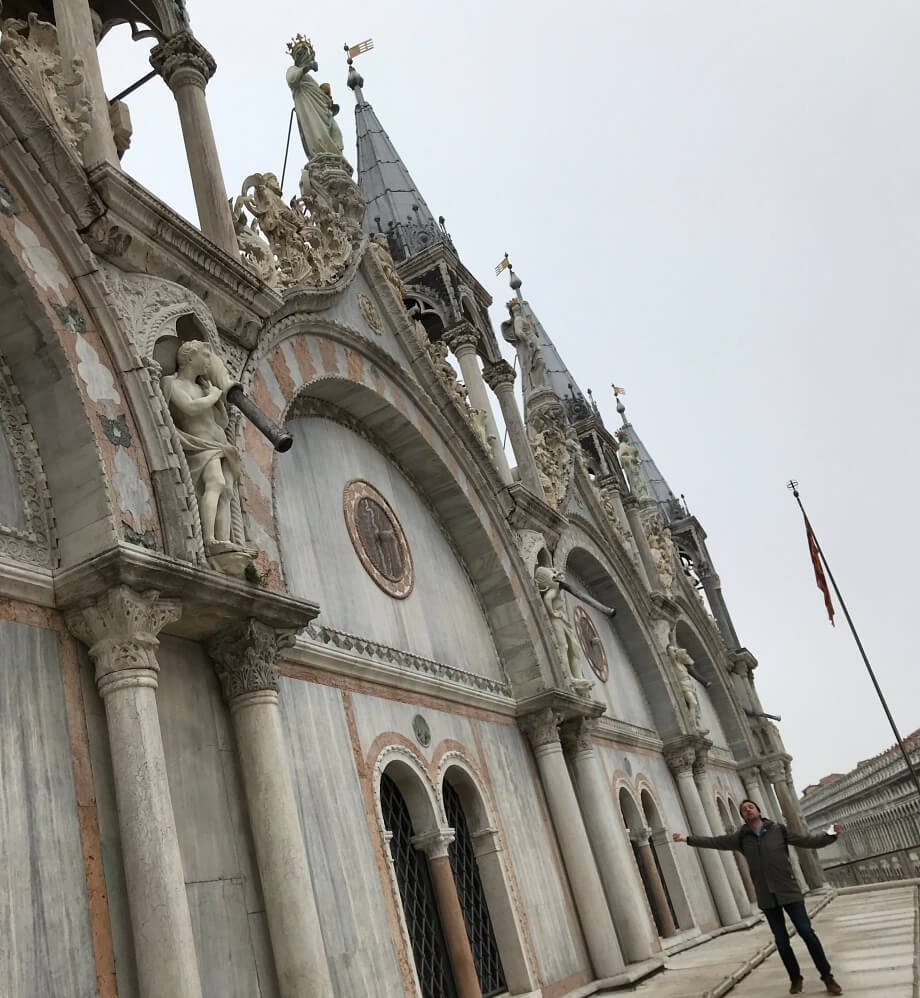 Rain in Venice, what should you do?
Rain in Venice, what should you do?Spring (March, April, May): Spring in Venice can be changeable, alternating between sunny days and rain showers. Taking a light raincoat or waterproof jacket with you during this period may be helpful.
Summer (June, July, August): The summer months in Venice are generally warmer and drier, with less rain. However, sudden rain showers, especially short thunderstorms, are still possible. Bring a folding umbrella or a light raincoat.
Autumn (September, October, November): Autumn in Venice brings more rain chances, especially in October and November. Bring a raincoat or waterproof jacket and an umbrella.
Winter (December, January, February): Winter in Venice can be cold and damp, with a chance of rain and possibly high tides. It is advisable to bring a sturdy raincoat, waterproof jacket, and suitable footwear to brave wet streets and perhaps high tides.
Remember that the weather can be unpredictable, even outside the above seasons. It is always wise to check the weather forecast before your trip to Venice.
What's next?
Rain in Venice can be a unique experience, offering both charm and challenges. When it rains, especially from autumn to spring, the city often experiences increased water levels, known as "acqua alta," which can flood areas like St. Mark's Square. Wooden walkways, called "passerelle," are set up to help navigate these flooded zones.
Despite the rain, the city's atmosphere transforms with mist rising from the canals, creating a picturesque but sometimes foggy environment. Visitors should come prepared with appropriate rain gear and watch weather forecasts. Measures like the MOSE project aim to mitigate flooding, but preparing for wet conditions is essential for a comfortable visit.
You've read about my Rain in Venice. There is plenty to discover, as you can see. Explore my site about Venice further!
- Home
- Venice Italy Weather
- Rain in Venice
- Climate in Venice Italy >
- Forecast for Venice Italy >
- Venice Italy Temperature >
- Rain in Venice. What should you do then?

Hi! I’m Rudmer. As a passionate fan of Venice, I keep discovering this magical city with a smile. My motto? “Keep exploring!” ✨ With my experience, I help travelers and groups make their stay in Venice truly unforgettable.
Looking for unique Venice group tours and private experiences? Get in touch, and I can arrange for your group: I
- Exclusive hotels in Venice for groups
- Tailor-made Venice boat transfers
- Private Venice gondola rides
- Unique private concerts in Venice
- Restaurants – from fine dining to casual local spots
Start looking for a cheap place to sleep in Venice






